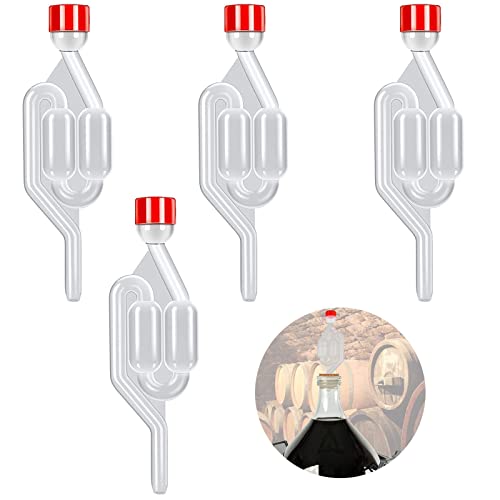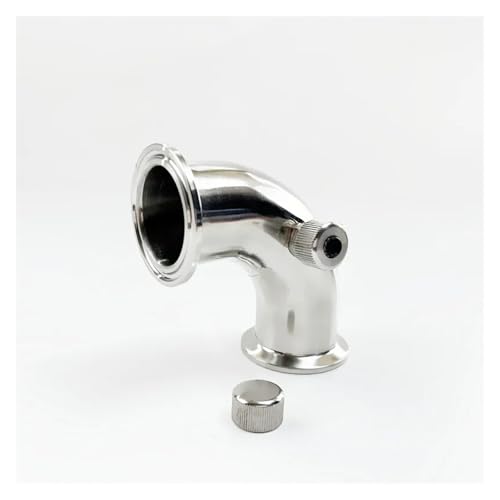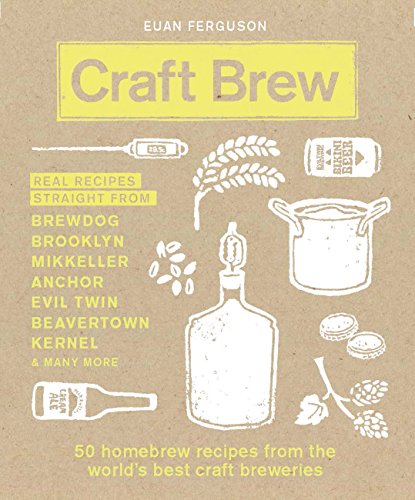LanceDeepwood
New Member
- Joined
- Feb 1, 2013
- Messages
- 9
- Reaction score
- 0
Hey!
Have just brewed and drank my first batch of Ale from a Woodforde Real Ale kit, which was about as straight forward as it gets - didn't require any additional sugar or anything - just followed the instructions to a tee and was fairly happy with the end result, just totally flat.
Any way now I have a Brupaks Belgium Whitbier to brew, but I want it to be a little stronger than it would be just using what's included in the default kit, which I'm guessing is made to finish at round 4 or 5% abv. I've also got some flip-top glass bottles, so I'm going to bottle this time instead of using my plastic pressure keg. From what I've read this should help my brew not to be as flat???
Inorder to make a stronger brew (I'd like somewhere between 6-8%), would this be a good approach, and if not, what advice can you give:
1. Make up the brew following the default kit instructions up to the point where I am supposed to add the yeast.
2. Take a gravity reading with my Hydrometer and top up with brewing sugar until I reach the desired gravity (I tend to look at the potential % alcohol scale - so around 7% or 8%)
3. I have bought an extra two saches of the exact same yeast that comes with the kit. So I have twice as much yeast (I'm actually using two 10 litre kits) as I should have. My question is, would it be best to add just the kit yeast a first and leave it for a week or so and if the fermentation gets stuck, to then add some more yeast and wait for the gravity to reach bottling point, or am I better off putting all the yeast in from the start???
Also, my last kit told me to only put my fermentation bucket lid on loosely, not tightly. Is this correct, baring in mind that my lid doesn't have a hole for a pressure thingy and I don't want to risk the top blowing off an making a mess (it's in my dining room :-P). I know there's a lot of questions there, but I'd be grateful for some advice, thanks guys!
Have just brewed and drank my first batch of Ale from a Woodforde Real Ale kit, which was about as straight forward as it gets - didn't require any additional sugar or anything - just followed the instructions to a tee and was fairly happy with the end result, just totally flat.
Any way now I have a Brupaks Belgium Whitbier to brew, but I want it to be a little stronger than it would be just using what's included in the default kit, which I'm guessing is made to finish at round 4 or 5% abv. I've also got some flip-top glass bottles, so I'm going to bottle this time instead of using my plastic pressure keg. From what I've read this should help my brew not to be as flat???
Inorder to make a stronger brew (I'd like somewhere between 6-8%), would this be a good approach, and if not, what advice can you give:
1. Make up the brew following the default kit instructions up to the point where I am supposed to add the yeast.
2. Take a gravity reading with my Hydrometer and top up with brewing sugar until I reach the desired gravity (I tend to look at the potential % alcohol scale - so around 7% or 8%)
3. I have bought an extra two saches of the exact same yeast that comes with the kit. So I have twice as much yeast (I'm actually using two 10 litre kits) as I should have. My question is, would it be best to add just the kit yeast a first and leave it for a week or so and if the fermentation gets stuck, to then add some more yeast and wait for the gravity to reach bottling point, or am I better off putting all the yeast in from the start???
Also, my last kit told me to only put my fermentation bucket lid on loosely, not tightly. Is this correct, baring in mind that my lid doesn't have a hole for a pressure thingy and I don't want to risk the top blowing off an making a mess (it's in my dining room :-P). I know there's a lot of questions there, but I'd be grateful for some advice, thanks guys!





































![BREWING THERMOMETER STICKERS ACCURATELY MONITOR FERMENTING BEER & WINE LIQUID TEMPERATURES 5PCS HOME BREW SPIRITS WINE LCD ADHESIVE [US]](https://m.media-amazon.com/images/I/311DDjo2X3L._SL500_.jpg)



